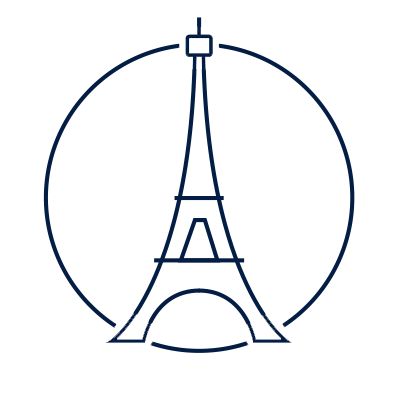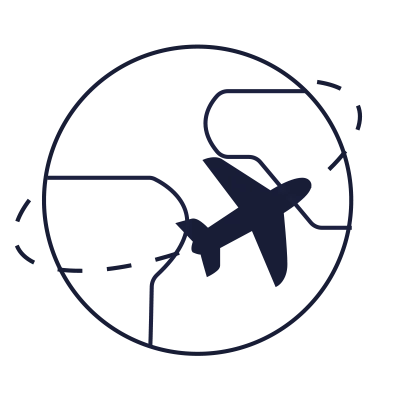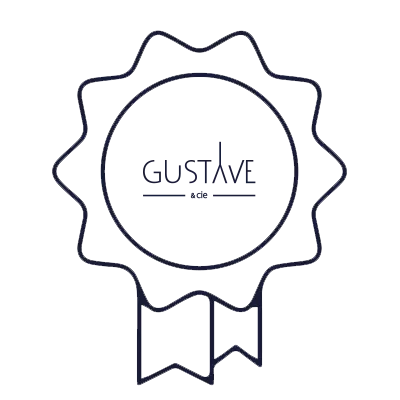How do I remove links from my steel watch bracelet?
Metal bracelets can drastically change the look of a watch but do not necessarily adapt instantly to your wrist. Although it is mostly very simple maneuvers, you have to know them and not make a mistake to avoid any breakage !
It is for this reason that here, in this article, we will discuss the 3 main types of bracelet that you may encounter. And finally, a few bracelets for which your watchmaker or jeweler will be of great help!
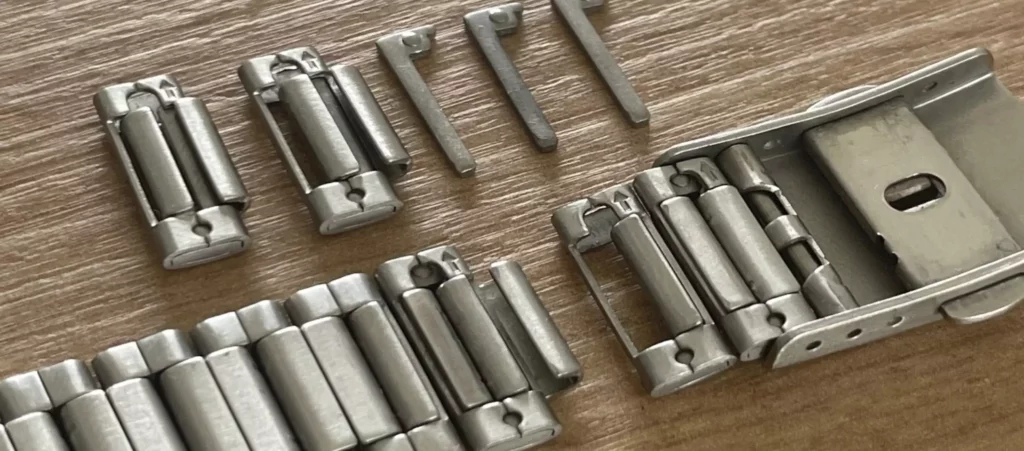
The different types of bracelets
Each bracelet is made up of a multitude of parts that are linked to each other with various methods and means. Not all links are adjustable, indeed only a few located on the ends of the bracelets are. To recognize them, they generally have holes on their side. The majority of them are removed quickly and require a small screwdriver or pick.
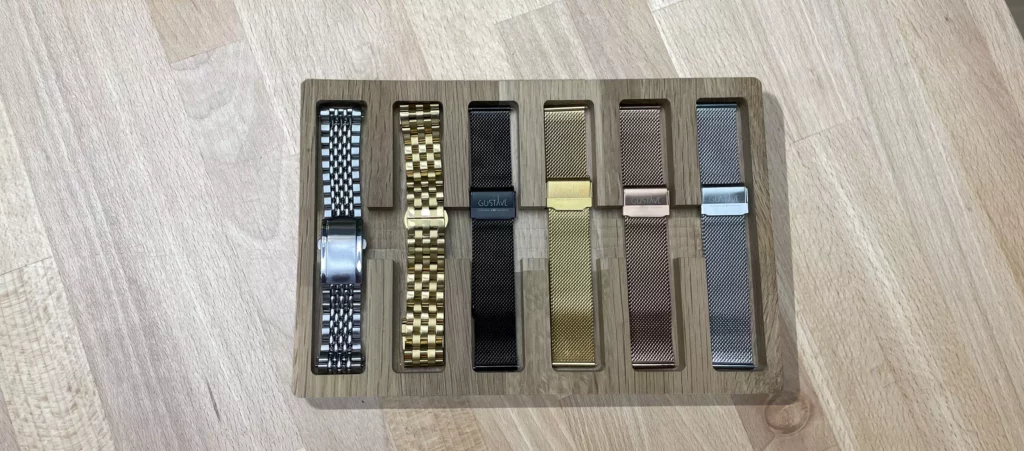
Quick adapter
Milanese mesh bracelets are almost always equipped with it, this is the quick adapter. It is also found on certain metal bracelets with links. It has the advantage of being adjustable to the nearest millimeter and of perfectly fitting the wrist of its wearer. To fix it, you need to open the bracelet and slide a pick or screwdriver (actually any metal object) under the lever. Push it firmly upwards, and adjust it by sliding the block. Finally, don't forget to clip the lever again.
Repeat the process until you have an optimal result.
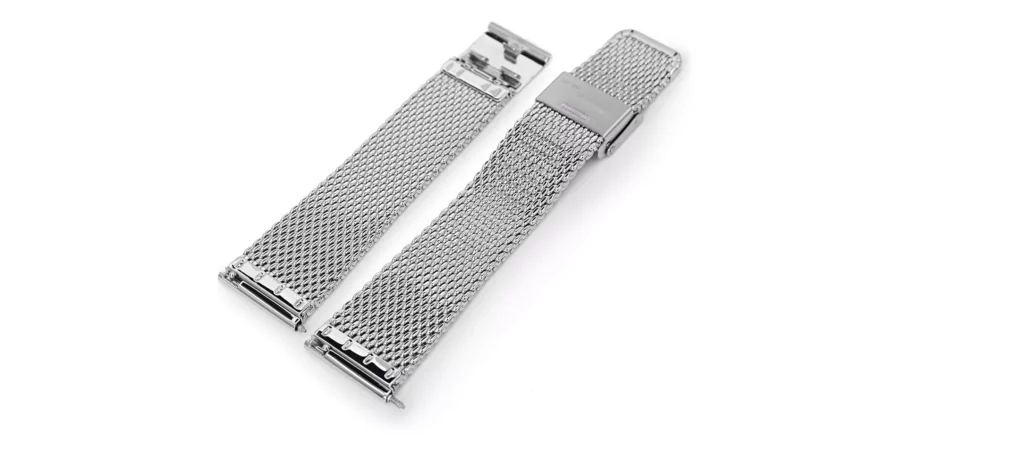
Barrette and Pin
This time we need a specific tool. Indeed for this type of bracelet you will need a pick which can be provided to you at the same time as your watch.
If you are equipped with a tool of the diameter of the pin, the first step is to remove the strap from your watch so as not to scratch it. Then you can position yourself above the bracelet and press this pin through the hole on the side of the bracelet. Be careful to leave a space under the bracelet so that this pin can come out. Additionally, you will usually have a arrow engraved on the back of the bracelett on these adjustable links which you communicate the direction in which you should push. Be careful to put this rod back in the same way as you removed it (if the rod falls downwards, be sure to put it back from bottom to top and in the same direction: head upwards if this was the case).
Once removed, you simply have to repeat the process with one or more links that are in excess and remove them when reassembling.
Please note, for reasons of comfort and aesthetics, do not remove all the links on one side but proportionally around the buckle. If you need to remove 2 links, remove 1 on each end.
Then replace your bracelet by aligning the links and insert the rod again: it should fit easily at first and ask a little bit of strength to retract it completely.
If you have a bracelet of this type but you cannot press the stem properly, it is a barrette and must then removed with some type of bracelet remover.
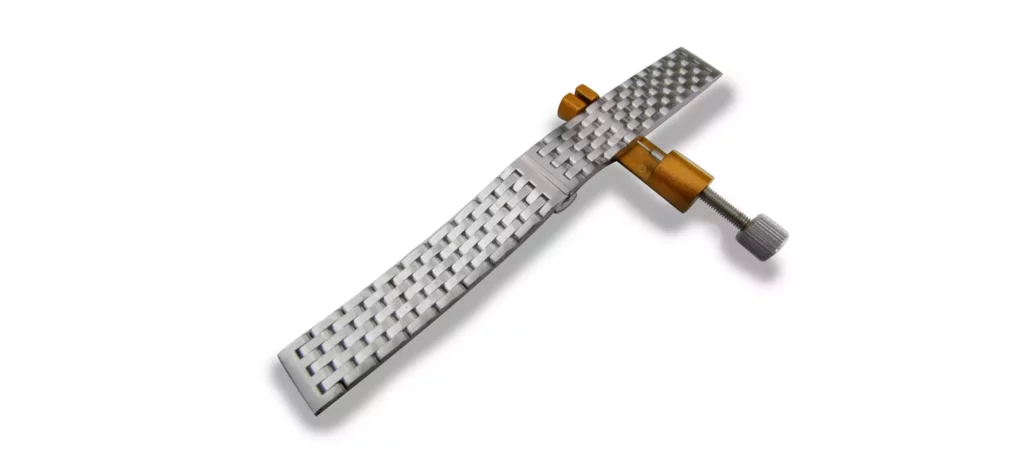
No screws
Here, it is exactly the same process as above with the difference that it is not a question of pins but of screws. So You will need a small screwdriver.
To remove a link, put the bracelet aside once you have removed it from the watch case, unscrew, remove the bar, remove one link by removing the bar from another link and assemble the bracelet again.
If your bars unscrew too easily, add a little thread locking glue on the thread before screwing in the link!
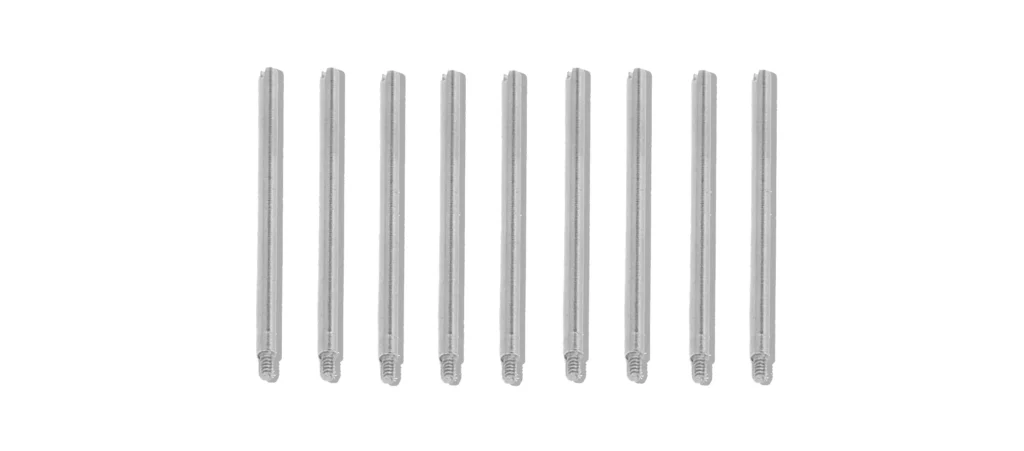
Unusual and difficult to adjust bracelets
Unlike the other bracelets mentioned above, itsome people won't let you do it and will only want to be touched by the hands ofwatchmaker or jeweler.
Here are some examples:
Gold or Steel bracelets without links:
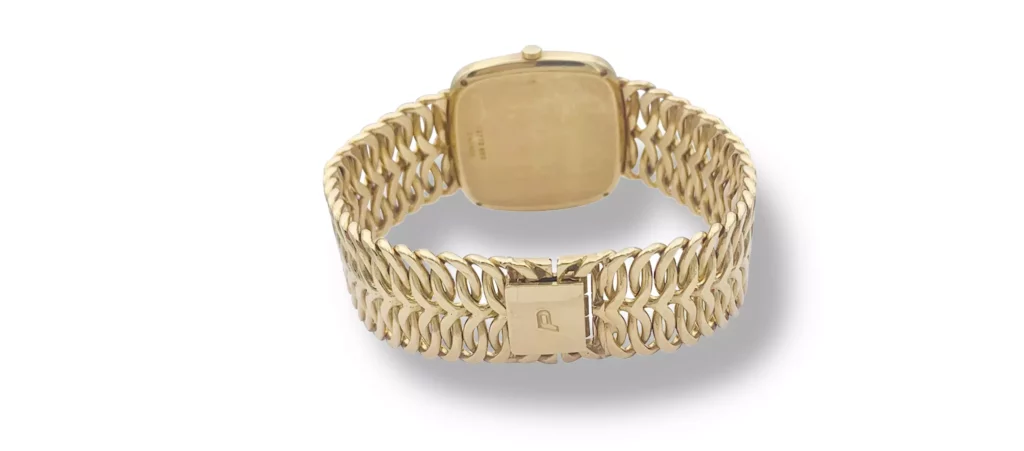
Here, the only way to resolve them is to cut a piece of bracelet and resolder the loop once done. Unfortunately each intervention is definitive because adding a piece of cut link will not be very elegant.
Asymmetrical bracelets or bracelets with an unusual design.
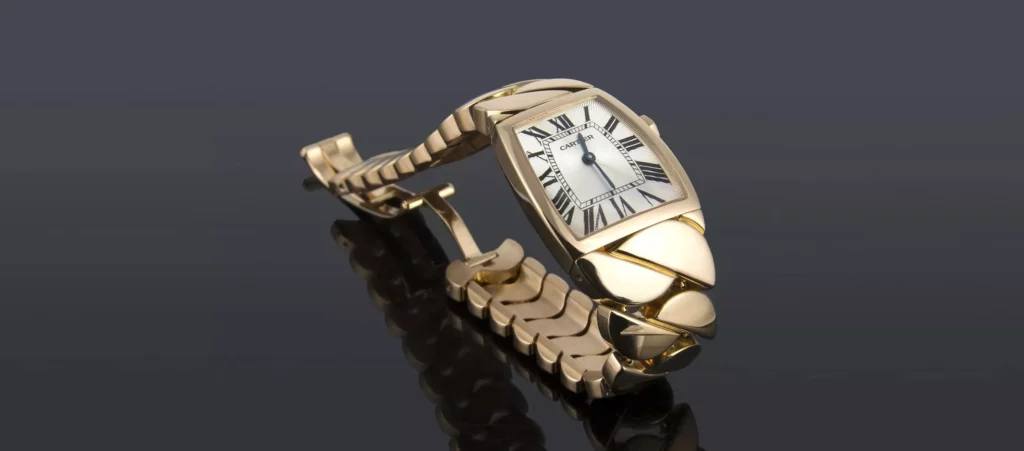
Here, it is a question of the watchmaking puzzle, link adjustment is hell, between the number and the direction of the parts, it is easy to get lost and spend several tens of minutes on a single link.
To finish the rice grains watches.
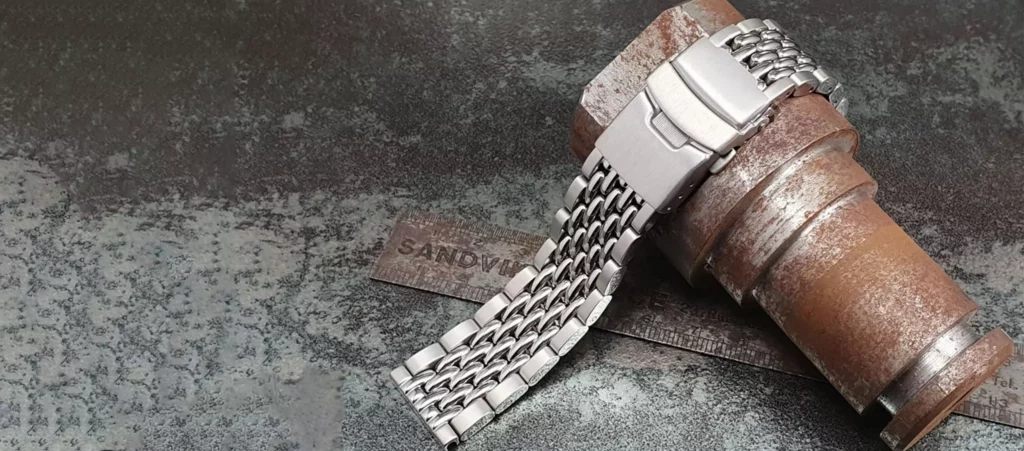
The major risk is losing parts or once again putting them in the wrong direction. The most common is to lose the link tube, a small cylinder allowing the pin to reduce wear on the link. If it is lost your link will not last long!
Ne don't take any risks
Of course the key word in watchmaking is to do not take unnecessary risks and ask your watchmaker to make an adjustment. In addition to walking the local shopkeeper, you will have a perfectly adjusted bracelet that you will be sure will hold up.

Conclusion
You have a metal bracelet and wish to adjust it ? No problem simply follow the different steps in our guide and you will have no problem. Be careful not to take any risks, not to scratch your watch and do not hesitate to ask your watchmaker for advice.
OUR JULES COLLECTION
SOURCES:
- Photo montre Piaget: Castafiore
- Presidents photo and watch: Lip
- Grain of Rice Bracelet: Nato Spirit
- Photo bracelet bar / pin: PSB Watches




